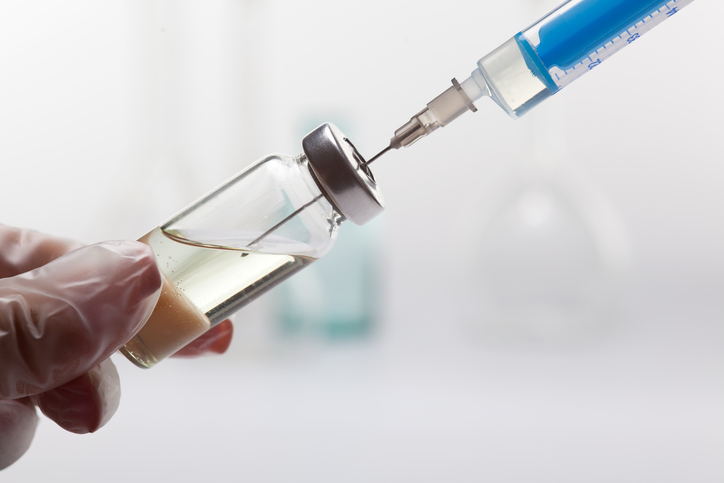
What is Platelet Rich Plasma (PRP)?
The blood is comprised mostly of a liquid called plasma, along with a small amount of solid molecules called platelets and then the red and white blood cells you typically learn about in science class. Most notably, platelets are responsible for blood clotting, but they are also rich in the growth factors that help your body’s healing response.
More commonly known as PRP, Platelet-Rich Plasma refers to treatments that deliver a highly concentrated volume of platelets within a small volume of plasma. The concentration of PRP injections can contain up to 10 times the typical amount of platelets found in a normal volume of plasma, which increases the normal healing response.
In order to inject PRP into a damaged tendon or injury like a muscle strain, we adhere to the following procedure:
- The blood must first be drawn from the patient.
- About 30 cc’s of blood is drawn through a small needle and then placed in a special cup.
- The cup is then placed into a centrifuge and spun quickly for up to 20 minutes.
- As the blood spins, the platelets are suspended in the volume of the plasma creating 3-5 cc’s of platelet rich plasma. This is what is then drawn for the actual treatment.
- The PRP is then injected into the injured tissue or arthritic joint for therapeutic relief.
The use of Platelet-Rich Plasm has been shown to be especially effective for lateral epicondyliitis (tennis elbow) and medial epicondylitis (golfer’s elbow). PRP is also helpful with treating plantar fasciitis and muscle strains. Many orthopedic surgeons use this treatment to promote healing during surgeries like ACL repairs and tendon repairs, and it can also be used to treat osteoarthritis, depending on the severity of a patient’s condition.